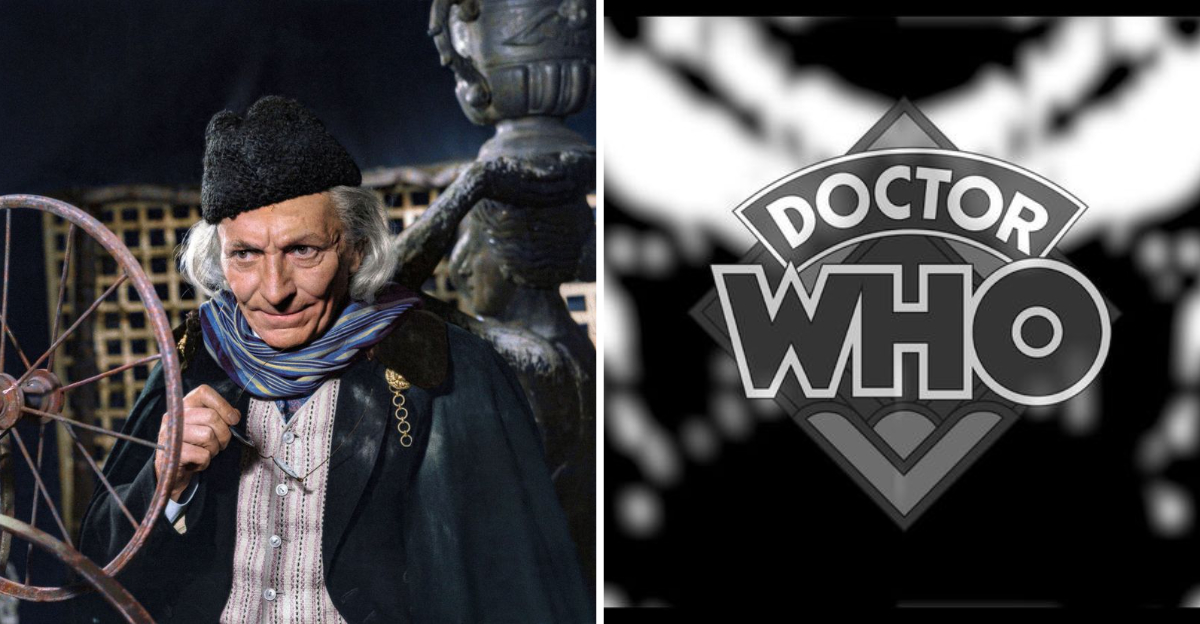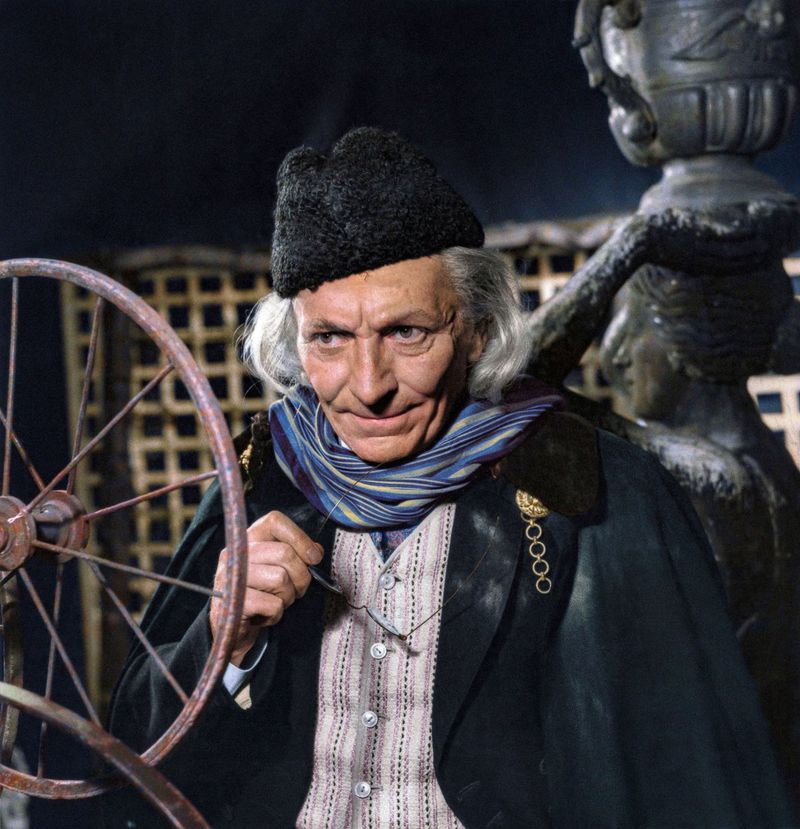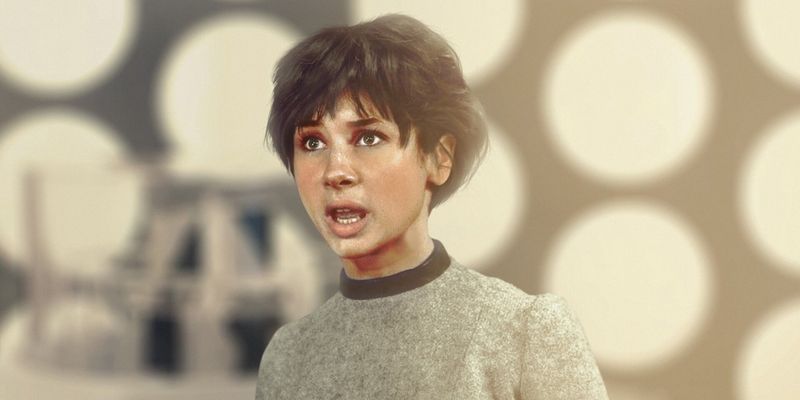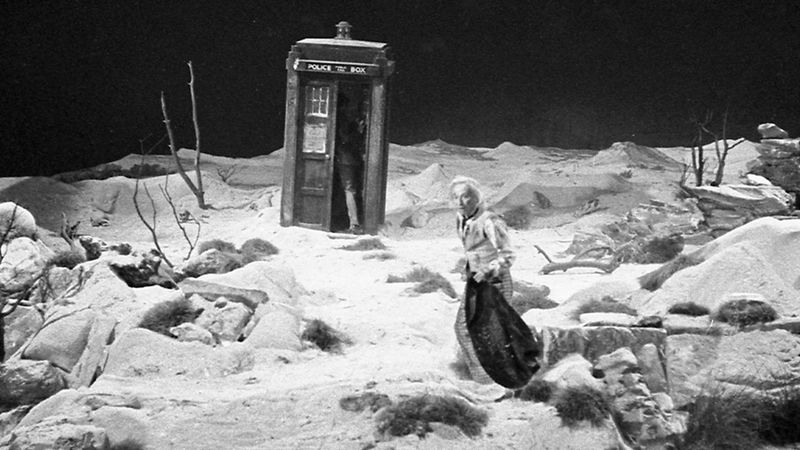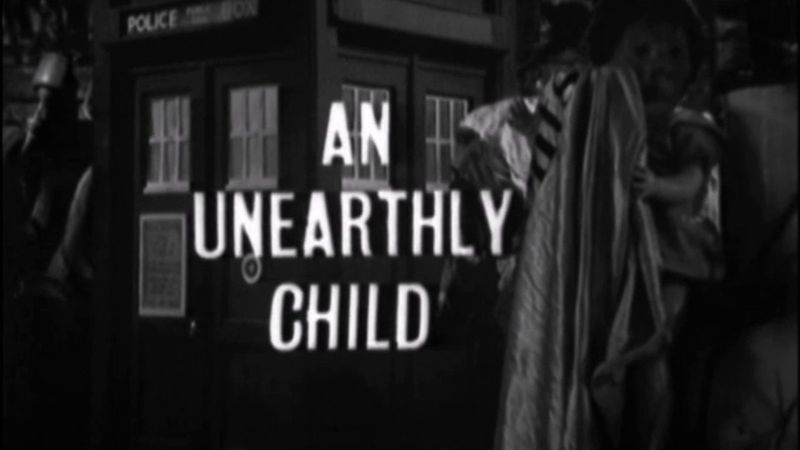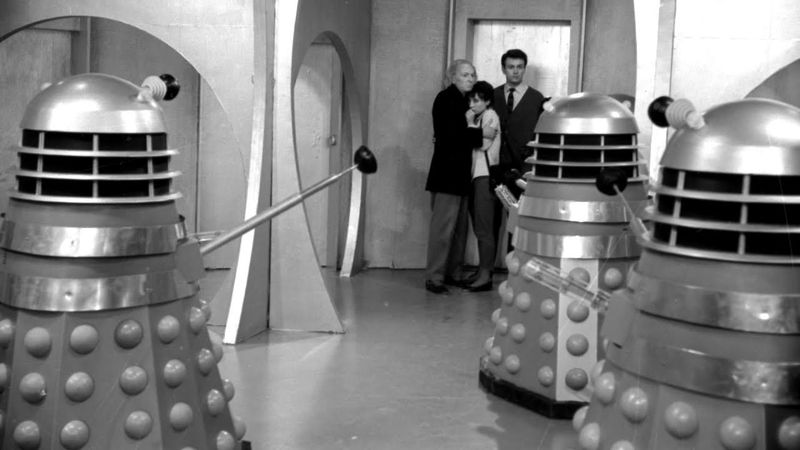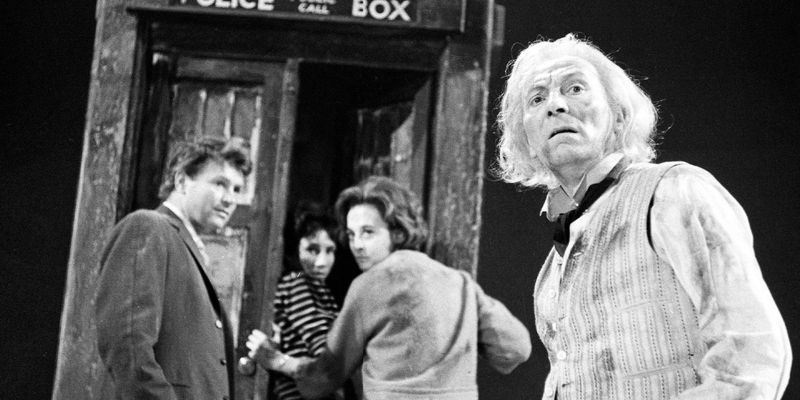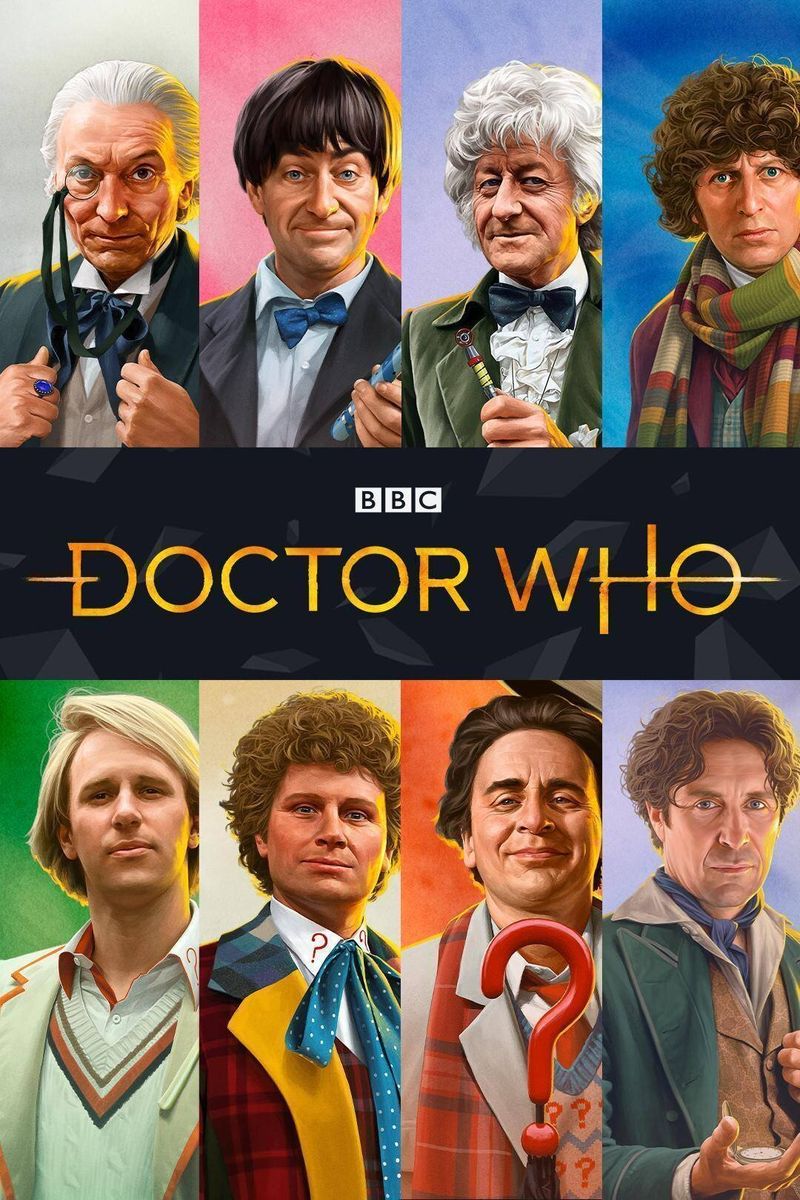In 1963, a new science fiction television series debuted on the BBC, capturing the imagination of viewers and creating a cultural phenomenon that would last for decades. “Doctor Who” introduced audiences to the enigmatic Time Lord known as the Doctor, who travels through time and space in his iconic TARDIS. This blog post explores ten fascinating aspects of the show’s debut, from its innovative storytelling to the memorable characters that became beloved by fans.
The First Doctor
The First Doctor, portrayed by William Hartnell, introduced audiences to a mysterious Time Lord. Despite his seemingly gruff demeanor, he won the hearts of many.
His portrayal set the tone for future incarnations, with an emphasis on wisdom and curiosity.
Hartnell’s Doctor was characterized by his strong moral compass, often guiding his companions through complex situations. This laid the groundwork for the show’s enduring success. With his distinctive look and compelling presence, Hartnell made the Doctor an iconic figure in science fiction history, appealing to viewers of all ages.
Susan Foreman
Susan Foreman, played by Carole Ann Ford, was introduced as the Doctor’s granddaughter, offering a unique family dynamic. Her youthful curiosity often led the team into adventures.
Susan’s character provided an entry point for younger viewers, making the show more relatable. Her role as a student in 1960s London added a contemporary touch.
Through her interactions with the Doctor, Susan demonstrated the complexities of familial relationships across time and space. Her character development paved the way for future companions, balancing personal growth with adventure.
The TARDIS
The TARDIS, an iconic time machine, disguised as a British police box, captivated audiences with its unique design.
Its larger interior, famously described as “bigger on the inside,” sparked imagination and wonder. The TARDIS’s ability to traverse time and space was groundbreaking for television storytelling.
Its presence allowed for limitless adventure possibilities, making it a central character in its own right. The TARDIS’s distinct appearance became synonymous with “Doctor Who,” offering a sense of nostalgia and excitement whenever it appeared on screen, cementing its place in pop culture.
An Unearthly Child
“An Unearthly Child” was the very first episode, airing on November 23, 1963. It set the stage for an epic journey through time.
The episode introduced viewers to key characters and the mysterious nature of the Doctor’s world. It combined elements of science fiction and human drama.
The plot centered around Susan, leading her teachers to discover the TARDIS. This pioneering episode captivated audiences, establishing a foundation for intricate storytelling. Its innovative narrative structure and character-driven plotline marked “Doctor Who” as a groundbreaking series, paving the way for its long-lasting appeal.
The Daleks
The Daleks, introduced shortly after the debut, became one of the Doctor’s most formidable foes. Their chilling catchphrase, “Exterminate!”, resonated with viewers.
These villainous creatures, designed by Terry Nation, were a symbol of fear and fascination. Their mechanized voices and relentless pursuit of domination intrigued audiences.
The Daleks’ presence challenged the Doctor, pushing the narrative into darker, more intense territories. Their popularity contributed significantly to the show’s success. As one of science fiction’s most iconic antagonists, the Daleks continue to capture the imagination of fans, embodying themes of power and resistance.
The Theme Music
The theme music of “Doctor Who,” composed by Ron Grainer and realized by Delia Derbyshire, redefined television soundtracks.
Its haunting, electronic melody, created using innovative techniques, became instantly recognizable. This groundbreaking composition set the mood for the show’s mysterious tone.
The theme’s unique sound was a result of experimental electronic music, using techniques ahead of its time. It played a crucial role in creating the show’s atmosphere, drawing viewers into the Doctor’s world. Its iconic status remains, influencing generations of composers and becoming a staple of the series’ identity.
The BBC Studio
The BBC studio where “Doctor Who” was filmed played a key role in bringing the series to life.
Despite technical limitations of the era, the production team used innovative techniques to create believable worlds. This ingenuity contributed to the show’s charm.
The studio’s atmosphere fostered creativity, allowing for experimentation with props and effects. The challenges faced by the crew highlighted their dedication to producing quality content. Their efforts laid the groundwork for future sci-fi television, proving that imagination and resourcefulness could overcome technological constraints, inspiring countless creators in the industry.
The Companions
The Doctor’s companions were integral to the show’s dynamic, offering diverse perspectives and emotional depth.
They served as the audience’s surrogate, experiencing adventures alongside the Doctor. Each companion brought unique qualities, enriching the narrative.
From Susan to Ian and Barbara, these characters provided balance to the Doctor’s eccentricity. Their interactions highlighted themes of friendship, loyalty, and courage. The companions’ evolving roles reflected changing societal norms, making them relatable to viewers. Their presence ensured the series remained fresh, engaging audiences with their personal growth and relatable challenges.
Cultural Impact
“Doctor Who”‘s debut left a lasting cultural impact, influencing television and pop culture.
Its innovative storytelling and memorable characters captured the imagination of viewers worldwide. The show’s success inspired a dedicated fanbase.
“Doctor Who” merchandise, from toys to books, became popular, extending its reach beyond the screen. Its conventions and fan gatherings fostered a sense of community. The series’ ability to adapt and evolve has kept it relevant, inspiring generations of storytellers and fans. Its legacy as a pioneering force in science fiction television remains, celebrating creativity and exploration.
